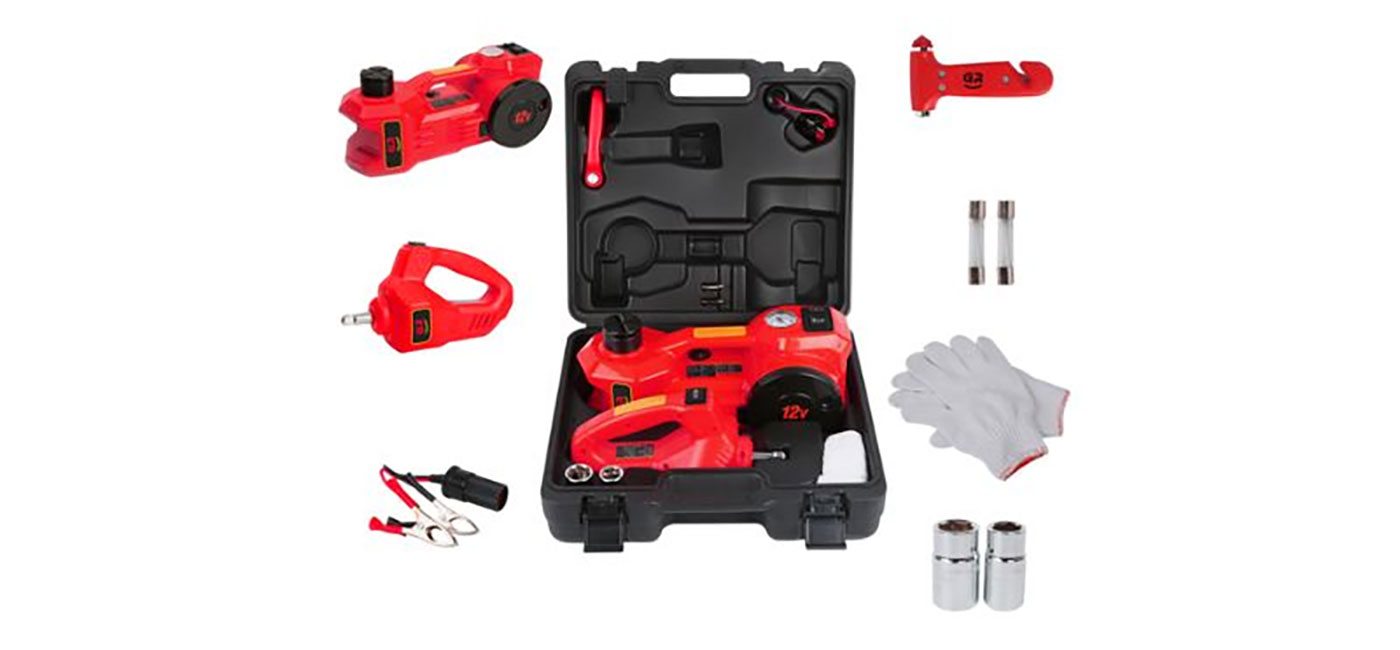
Whether you’re a seasoned mechanic or a DIY enthusiast, understanding the various types of automotive tools and accessories can significantly enhance your ability to tackle repairs, perform routine maintenance, and address unexpected issues on the road.
From basic tools like wrenches and jacks to specialized equipment such as air compressors and battery chargers, each item plays a crucial role in keeping your vehicle in optimal condition.
In this article, we will explore the diverse categories of automotive tools and accessories, highlighting their functions and benefits.
Power Tools and Compressors
Power tools help you perform tasks faster and with less effort, whether using a drill or a pneumatic tool. These tools are powered by electricity or compressed air, ensuring reliability and durability.
Drills and Grinders
Drills and grinders are handy power tools in automotive work. A cordless drill is excellent for tasks requiring mobility, allowing you to work without being tethered to an outlet. It offers adjustable torque settings for various materials.
An angle grinder is versatile for cutting, grinding, and polishing. It’s perfect for removing rust, cutting metal, or smoothing rough edges.
Selecting the right drill or grinder can make a noticeable difference in your projects.
Air Tools and Compressors
Air tools, or pneumatic tools, rely on compressed air for power. They’re popular in the automotive industry for tasks that require more force, like loosening stubborn bolts. Tools such as impact wrenches and air ratchets are examples, offering superior torque.
When choosing an air compressor, consider its PSI (pounds per square inch) and CFM (cubic feet per minute) ratings, ensuring compatibility with your tools. Accessories like hoses and connectors help maximize efficiency.
Other Automotive Accessories You Must Have

An air compressor is a device that converts power (using an electric motor, diesel, or gasoline engine) into potential energy stored in pressurized air. This air can then be used for various applications, including inflating tires, powering pneumatic tools, and cleaning surfaces. Air compressors come in different types, such as reciprocating, rotary screw, and centrifugal, each suitable for specific tasks and environments.
Car vacuum cleaner is a specialized portable device designed to clean the interior of vehicles by removing dirt, dust, and debris. These vacuums typically feature a compact design for easy maneuverability and may come with various attachments to reach tight spaces. They can be corded or cordless, with some models capable of handling both wet and dry messes. The effectiveness of a car vacuum cleaner largely depends on its suction power and filtration system.
A car battery charger is an electrical device used to recharge a vehicle’s battery when it has been depleted. These chargers can be manual or automatic and are designed to restore the battery’s charge safely and efficiently. They come in various types, including trickle chargers for slow charging and fast chargers for quicker results. Many modern chargers also include features like maintenance modes to prevent overcharging.
Car jump starter is a portable device that provides a quick boost of power to start a vehicle’s engine when the battery is dead or low. These devices typically use lithium-ion batteries and come with jumper cables that connect directly to the vehicle’s battery terminals. Some models also include additional features like USB ports for charging devices and built-in flashlights.
Tool Storage and Organization
Toolboxes and Storage Solutions
Toolboxes are a staple for any automotive enthusiast. They come in various sizes, from small handheld boxes to large rolling chests. A good toolbox keeps your tools secure and organized with compartments and trays.
For more extensive collections, consider tool chests or cabinets. These provide larger storage capacity and are often used in professional garages. Tool cabinets usually have drawers of different sizes to accommodate various tools.
Wall-mounted storage can save floor space. You can use pegboards or wall-mounted racks to hang tools you use often. Don’t forget clear labels and dividers to keep everything in its proper place!
